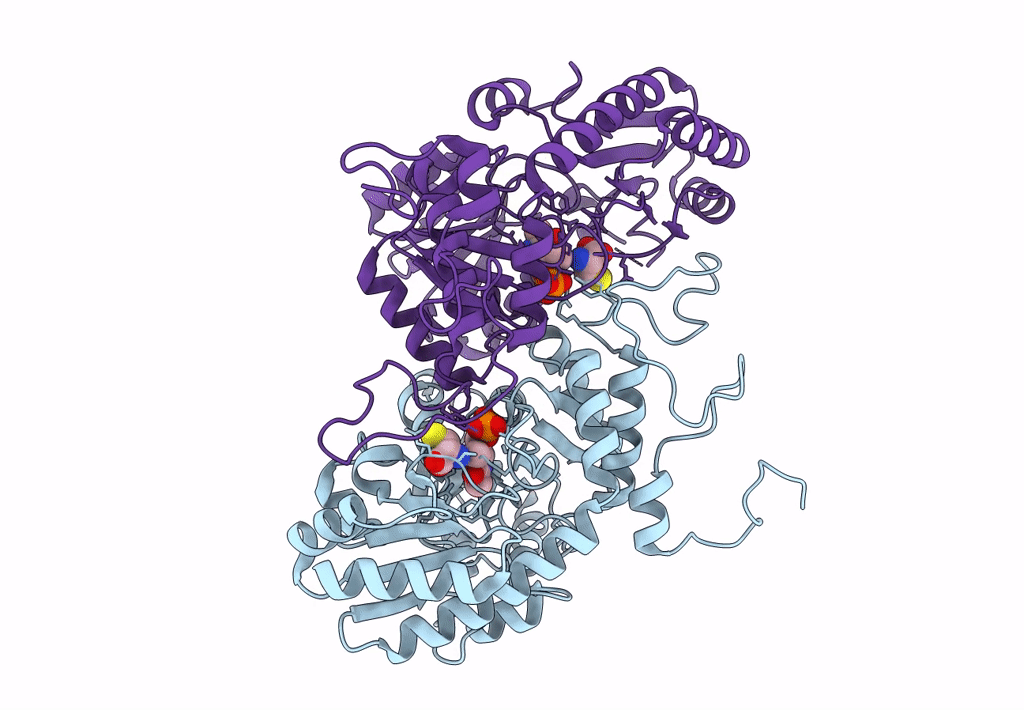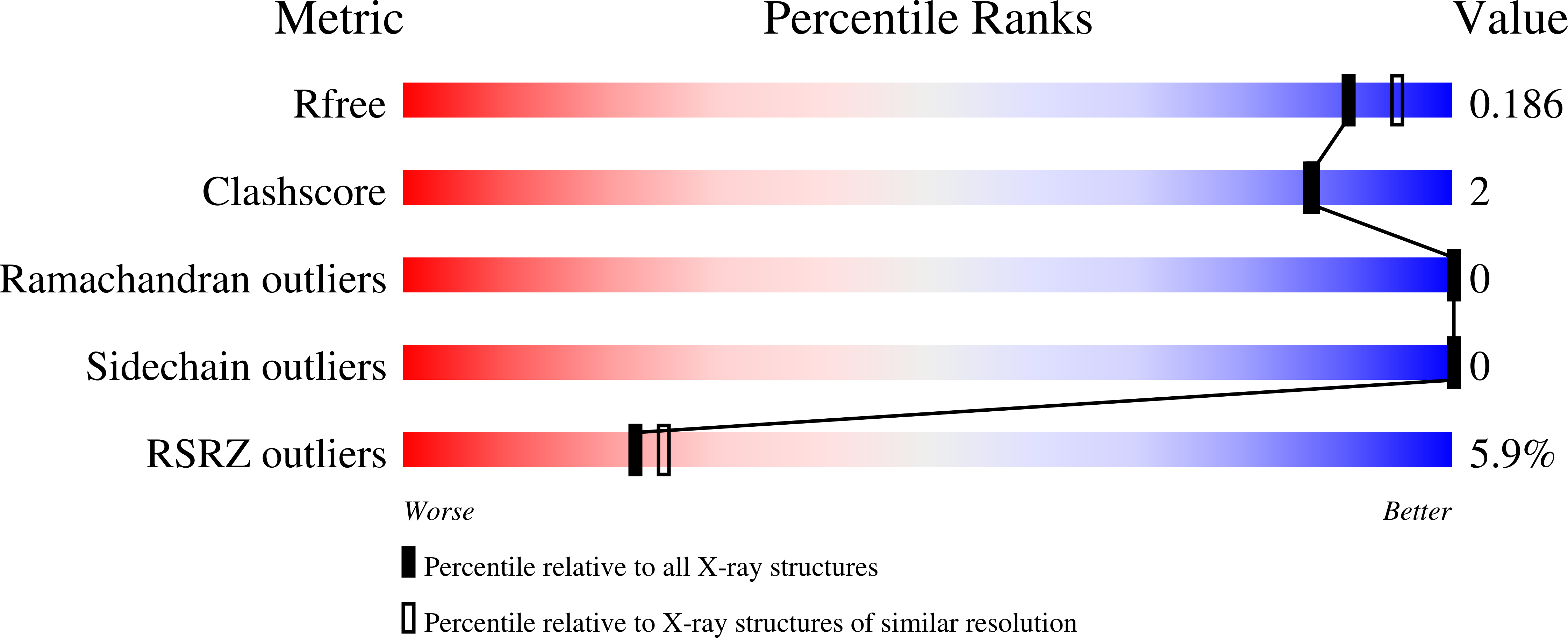
Deposition Date
2022-11-02
Release Date
2023-04-12
Last Version Date
2024-02-07
Entry Detail
PDB ID:
8BIZ
Keywords:
Title:
Cystathionine gamma-lyase from Toxoplasma gondii in complex with cysteine
Biological Source:
Source Organism:
Toxoplasma gondii (Taxon ID: 5811)
Host Organism:
Method Details:
Experimental Method:
Resolution:
1.89 Å
R-Value Free:
0.18
R-Value Work:
0.17
R-Value Observed:
0.17
Space Group:
P 3 2 1


